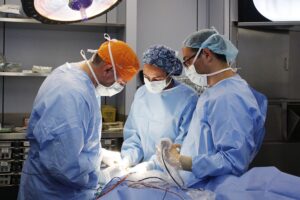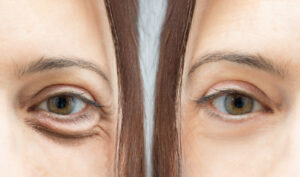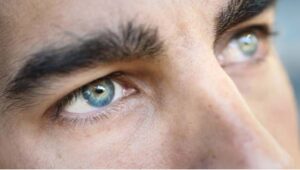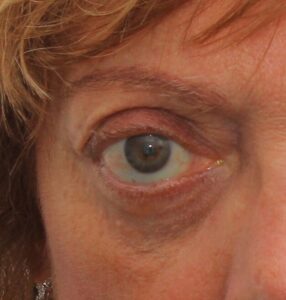Treatments
Eyelid surgery
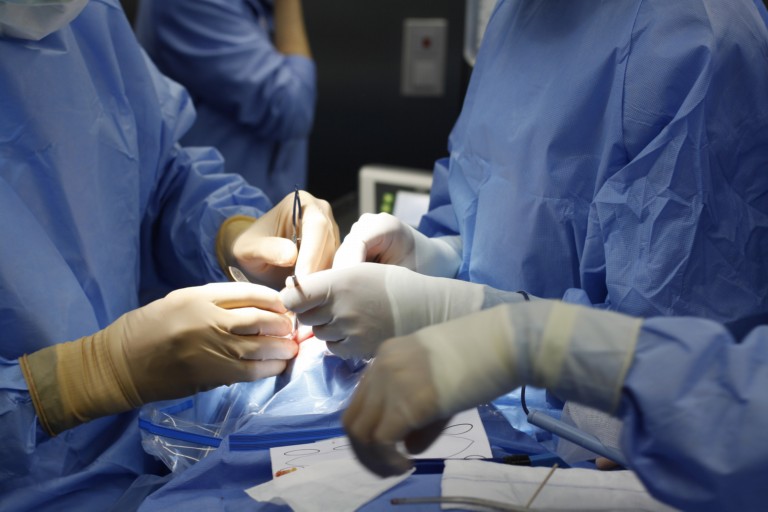
What does eyelid surgery involve?
When we talk about eyelid surgery, we tend to think only in terms of aesthetics. However, there are many eyelid problems that go beyond our appearance and affect vision and eye health, as they prevent the correct functioning of the “blind” of the eye. For example, if the eyelids are drooping, our visual field is reduced, or if they do not close properly, the eye surface is more exposed.
Through a wide variety of oculoplastic surgery and eyelid reconstruction techniques, we seek to enable the eyelids to perform their function effectively, while being aware of the role they also play in the expression of the look and face. Thus, at the Miranza clinics, we boast a team of ophthalmologists who are experts in the comprehensive care of both the eye structures and the periocular area, hence guaranteeing safety in all the procedures we offer and committing ourselves to surgeries that seek to avoid or minimise visible scars.
Techniques
We boast a wide range of procedures for ptosis surgery and other pathologies that affect the correct functioning of the eyelids. For complex cases, in which the eyelids are severely damaged by accidents or tumours and there is a significant loss of tissue, we also offer sophisticated eyelid reconstruction techniques.
Regarding surgery for aesthetic purposes, in addition to blepharoplasty and canthoplasty, we also perform other surgeries which, associated with eyelid surgery, allow us to enhance the “frame” of the gaze. This is the case of the eyebrow lift, as well as the midface lift, where Miranza specialists are forerunners in Europe in performing the technique from the inside of the eyelid (transconjunctival approach) and not through the skin, as usual. This surgery is also indicated as an operation for functional problems of the eyelids that affect vision.
Problems treated by eyelid surgery
Moreover, another common problem that Miranza‘s oculoplastic surgeons treat is eyelid retraction, when the lower eyelid is lower than usual or the upper eyelid is too high. This can occur for many reasons (trauma, thyroid disease, facial paralysis, after-effects of a poorly performed blepharoplasty, etc.) and leaves the eye wide open and more exposed, which can lead to dry eyes and corneal damage.
Recovery
The recovery and the appreciation of the results will vary according to the eyelid surgery technique that you have undergone, although, in any cases, these are outpatient surgeries under local anaesthesia that do not require hospitalisation.
It is normal that, at first, you will notice the eye is swollen and bruised, and you will have eye discomfort and difficulty in blinking. You should not be surprised if you experience blurred vision, due to the ointments that you will have to apply on the eye. Your ophthalmologist will explain to you in detail the postoperative treatment and the schedule of follow-up visits you should comply with, as well as the precautions to take into account (for example, the first few weeks, it is important that you avoid putting on make-up, making sudden efforts or swimming in the pool or sea).
